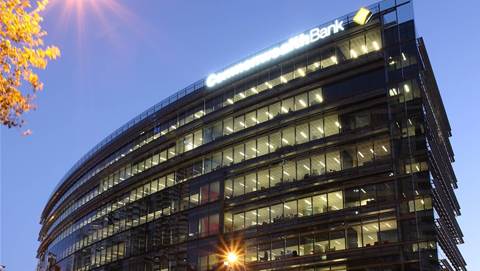
A key concern is the amount of power consumed by data centres, which is set to grow if cloud computing platforms such as Microsoft's own Azure gain acceptance.
Microsoft showed how networks of environmental sensors can be used to monitor spaces such as server rooms, building a map that tracks changes in temperature over time.
"For the next decade, research will look at how much energy a particular program is going to consume when running," said Microsoft principal researcher Feng Zhao.
Ironically, the vast amount of data generated – about 100MB per day from one test network, according to Zhao, means that it is farmed out to a cloud for analysis.
"Information like this gives us an idea of how to distribute compute-intensive workloads. We have a much better idea of whether you need to build another datacentre, and how much energy is being used and what for," said Zhao.
Microsoft also demonstrated an extension of its Surface interactive table technology called Second Light that can sense objects above the display and so allow the user to interact with the system in new ways.
Steve Hodges, principal hardware engineer, showed how a piece of paper could be passed over the Surface, and a different image projected onto it, enabling road names to be overlaid on a map, for example.
Hodges said that a small secondary surface could be used to pick up an application Window from the main display. This could be used in a bar to let customers pick up a menu from the screen for closer inspection, he said.
Also demonstrated was Boku, a tool for teaching programming to kids using a 3D visual environment, and Rashid discussed how Microsoft is continuing research into concurrency, how computer techniques can be used in healthcare, and efforts to produce "provable" code that can be analysed to prove it functions as expected.

_(20).jpg&h=140&w=231&c=1&s=0)
_(22).jpg&h=140&w=231&c=1&s=0)

.png&h=140&w=231&c=1&s=0)





 iTnews Executive Retreat - Security Leaders Edition
iTnews Executive Retreat - Security Leaders Edition











_(1).jpg&h=140&w=231&c=1&s=0)



